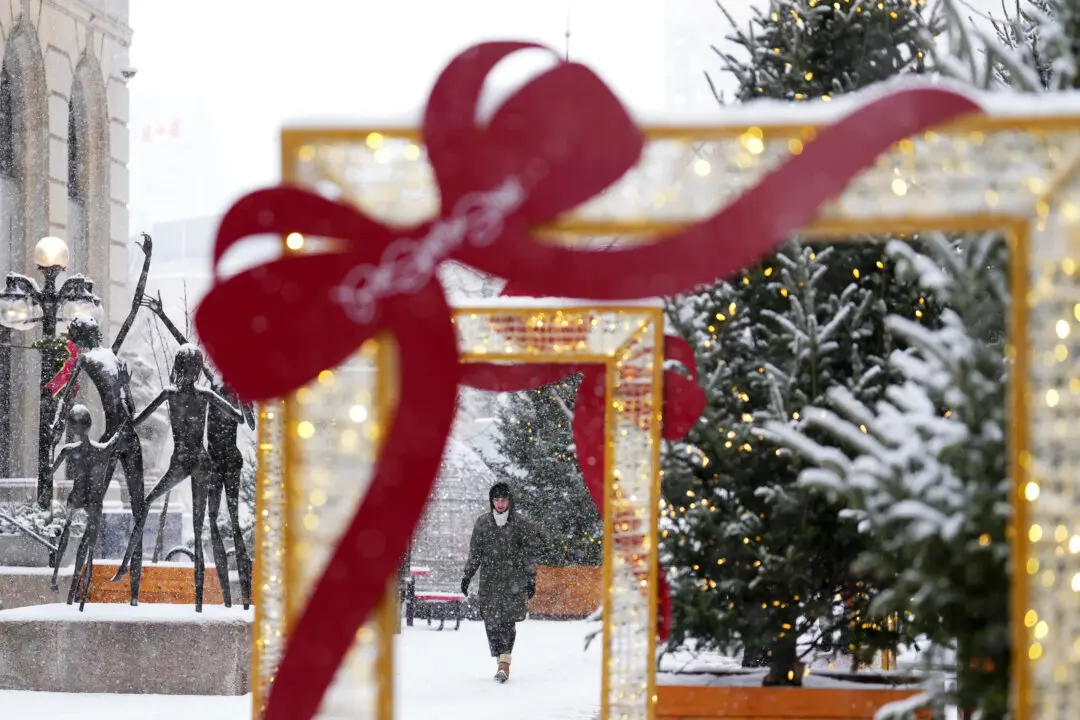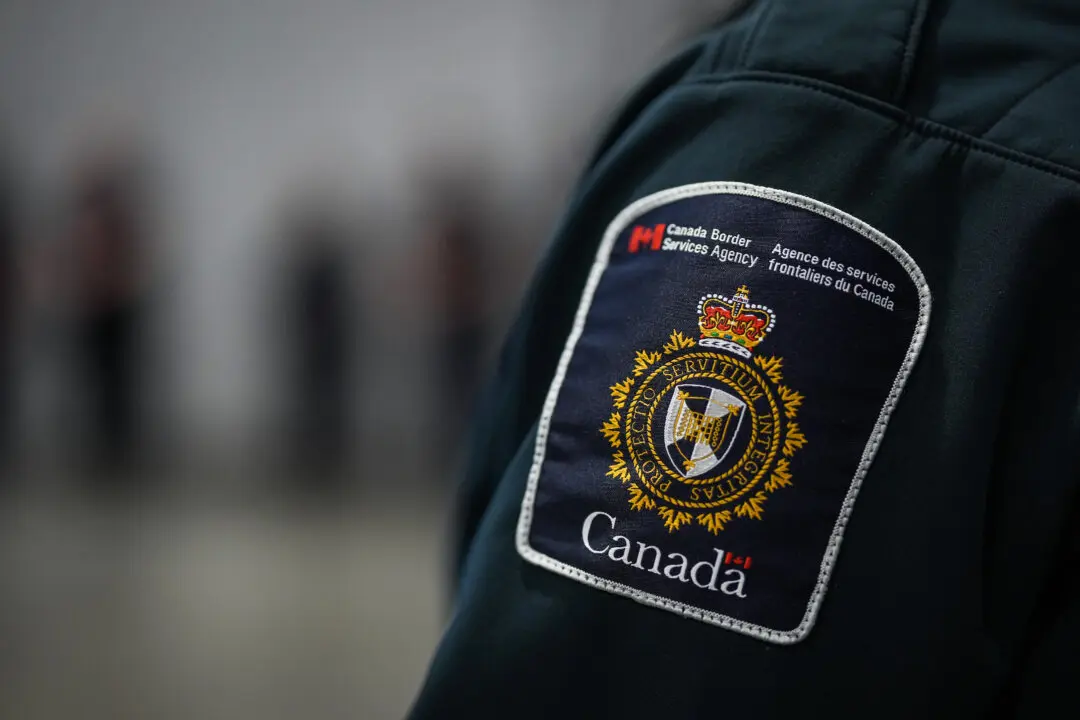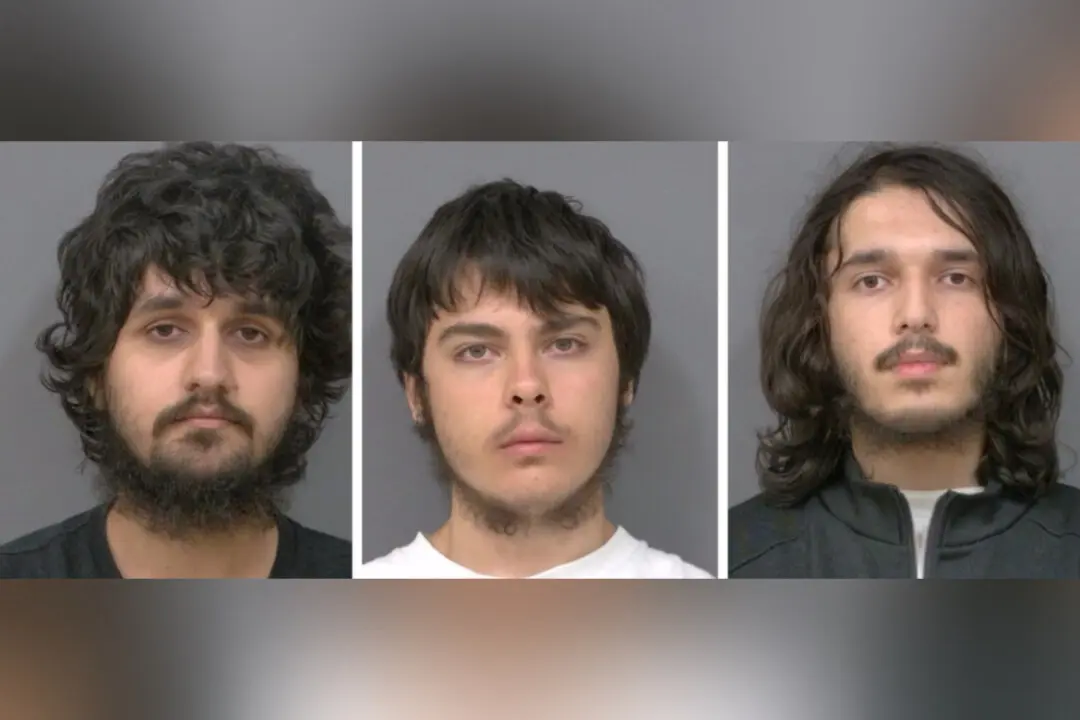Justin Trudeau said on Jan. 6 that he intends to step down as prime minister, following abysmal numbers in the polls and ongoing drama in the Liberal Party.
His announcement came after a prolonged struggle with his caucus that began bubbling to the surface last year after losing longtime Liberal strongholds in byelections. Trudeau rejected calls for his resignation until the situation escalated with the high-profile exit of Deputy Minister and Finance Minister Chrystia Freeland from cabinet on Dec. 16.





